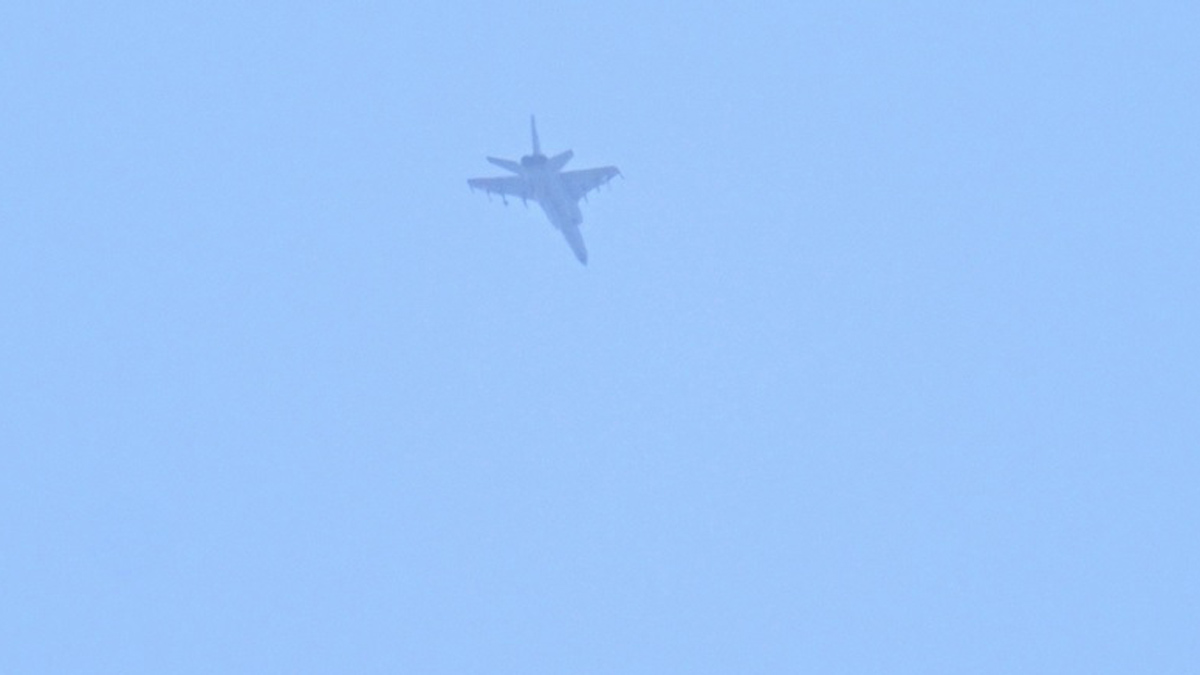China racing to outpace US with nuclear, conventional, cyber, space capabilities, warn top Pentagon officials

China is developing a large and advanced arsenal of nuclear, conventional, cyber and space capabilities in a bid to dominate the Indo-Pacific region and displace the US as the world's most powerful nation, John Noh, performing the duties of assistant secretary of defence for Indo-Pacific security affairs, said while testifying before the House Armed Services Committee hearing.
The military modernisation of China, which encompasses advancements in the field of artificial intelligence in the form of hypersonic missiles, and space-based capabilities among others, poses a real and serious threat to the US, its allies and partners, said Navy Adm. Samuel Paparo, commander of US Indo-Pacific Command.
According to Noh, the US needs to establish deterrence in the Indo-Pacific region with combat-credible military forces to counter the Chinese threat and aggression.
ALSO READ: India-made component found in Russian weapon used against Ukraine: Intelligence report
China has been increasing its aggressive military posturing in the Indo- Pacific region. The US has naval bases and military presence in the region and has been expanding its alliance there.
Noh said the US must rebalance burden sharing with allies in the region and partners and invest in the US defense industrial base. "Stronger allies lead to stronger alliances, and stronger alliances deter aggression and create dilemmas for our adversaries."
Noh observed that Chinese President Xi Jinping ordered the People's Liberation Army (PLA) to be ready for invading Taiwan by 2027.
Speaking about the frequent military drills by the PLA near Taiwan, Paparo claimed that China's aggressive military actions near Taiwan are not just exercises, but are rehearsals.
He too echoed the observations of Noh as he said China is outproducing the US in air, maritime and missile capability while also accelerating its space and counter-space capabilities. This, according to Paparo, poses real and serious challenges to US military superiority, but also presents opportunities for reform and for establishing enduring advantage.
Defence